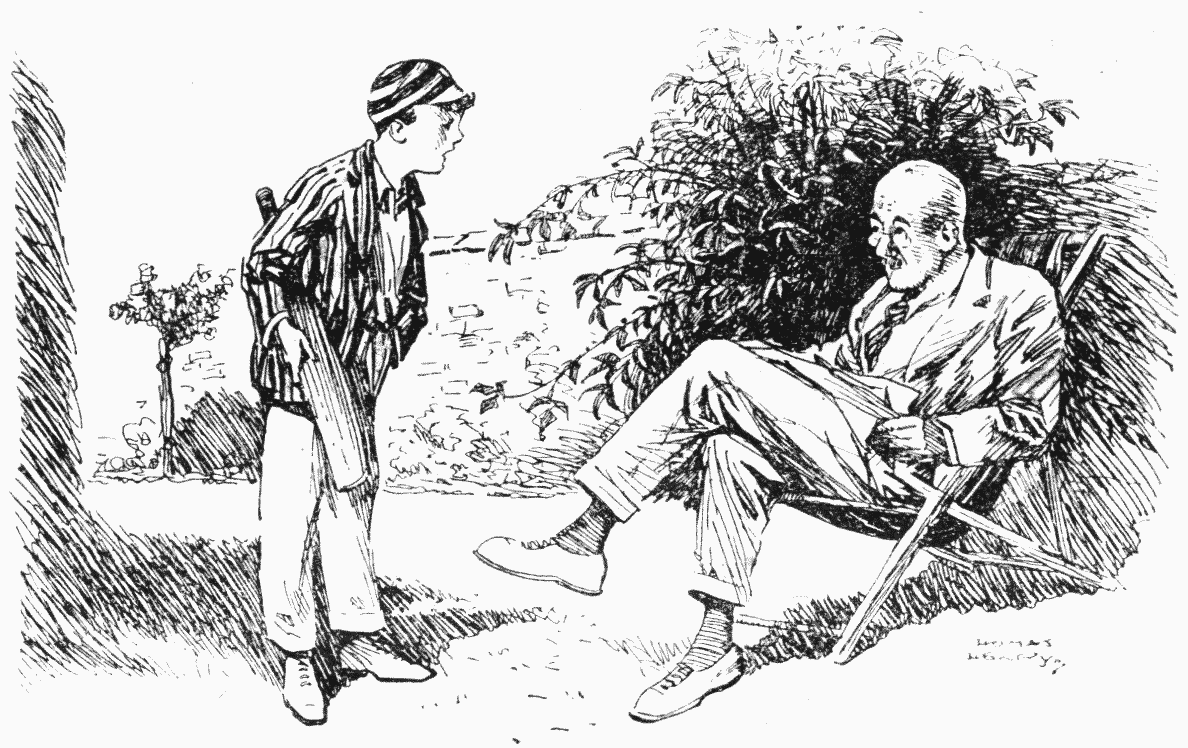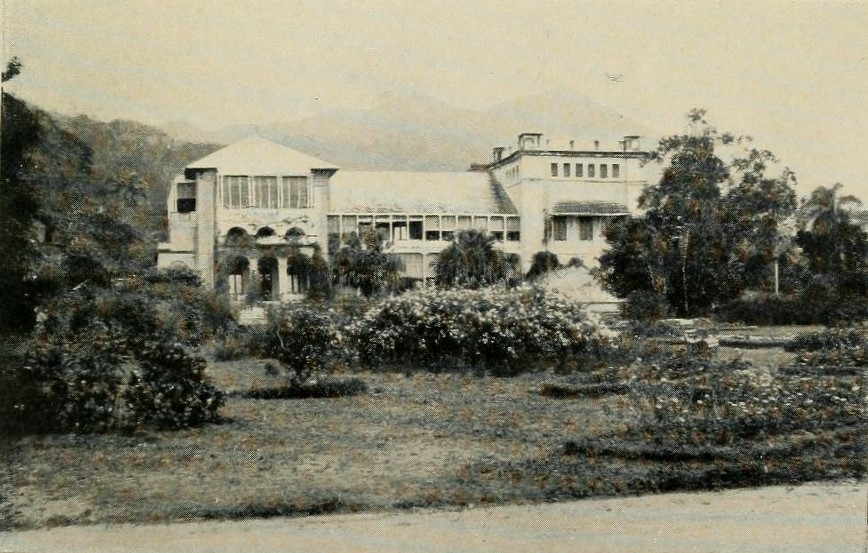|
Douglas Sang-Hue
Douglas Sang Hue (28 October 1931 - 22 August 2014) was a West Indian cricket umpire. He was of Chinese descent. Sang Hue umpired 31 Test matches in the West Indies between 1962 and 1981, mostly in the 1970s. His first Test as umpire, the fifth Test against India at Sabina Park, Kingston, Jamaica, in March 1962, was also the first time he had officiated in a first-class match. He stood in four further Test matches in the 1960s. '' Wisden'' called him "Quite the most professional of the umpires" standing in the series against the touring MCC team in 1967/68. Sang Hue and Cortez Jordan were the umpires in the drawn Test against the touring England team in February 1968 at Kingston, Jamaica, the second Test of the series. West Indies were bowled out for 143 in their first innings, 233 runs behind England, and were asked to follow on. Crowd trouble started on the fourth day when Basil Butcher was correctly given out by Sang Hue, the fifth wicket to fall in the second inning ... [...More Info...] [...Related Items...] OR: [Wikipedia] [Google] [Baidu] |
Clarendon Parish, Jamaica
Clarendon is a parish in Jamaica. It is located on the south of the island, roughly halfway between the island's eastern and western ends. Located in the county of Middlesex, it is bordered by Manchester on the west, Saint Catherine in the east, and in the north by Saint Ann. Its capital and largest town is May Pen. History Clarendon was named in honour of the Lord Chancellor Sir Edward Hyde, Earl of Clarendon. The most recent parish was formed from a combination of three parishes: St. Dorothy's, Vere and the old parish of Clarendon. Before the merger, the capital was Chapelton. Clarendon Parish was one of the original seven Anglican parishes of Jamaica set up by Sir Thomas Modyford in 1664, and it has been reorganized numerous times since. Parish registers, which are records kept by the parish church of religious events such as baptisms, marriages, and burials, are still extant from Clarendon parish almost as far back as its foundation, with the first recorded bapti ... [...More Info...] [...Related Items...] OR: [Wikipedia] [Google] [Baidu] |
Clifford Campbell
Sir Clifford Clarence Campbell (28 June 189228 September 1991) was a Jamaican educator and politician who served as speaker of the House and President of the Senate. In 1962, after Jamaica achieved independence, he was appointed as the first Jamaica-born and second governor-general of Jamaica, serving in that position for more than a decade. Early life and family Clifford Campbell was born in Petersfield, Jamaica on 28 June 1892, the son of civil servant James Campbell and his wife Blance (née Ruddock). He was educated at Petersfield Elementary School and Mico Teachers' College. He became a schoolteacher and later was promoted to principal of three schools and headmaster in the parish. On 1 August 1920, Campbell married Alice Estephene. They had four children. Political career and death Campbell served as principal of the Grange Hill Government School from 1928 to 1944. In 1944, Campbell entered electoral politics as a member of the recently founded Jamaica Labour Party. He ... [...More Info...] [...Related Items...] OR: [Wikipedia] [Google] [Baidu] |
John Player League
The NatWest Pro40 League was a one-day cricket league for first-class cricket counties in England and Wales. It was inaugurated in 1999, but was essentially the old Sunday League retitled to reflect large numbers of matches being played on days other than Sunday. Sunday League The Sunday League was launched in 1969, as the second one-day competition in England and Wales alongside the Gillette Cup (launched in 1963). Sponsored by John Player & Sons, the league was called John Player's County League (1969), the John Player League (1970–83), then the John Player Special League (1984–86). The 17 counties of the time played each other in a league format on Sunday afternoons throughout the season. These matches were concise enough to be shown on television, with BBC2 broadcasting one match each week in full until 1980, and then as part of the '' Sunday Grandstand'' multi-sport programme. For close finishes for the title, cameras appeared at the grounds where the contenders for the ... [...More Info...] [...Related Items...] OR: [Wikipedia] [Google] [Baidu] |
County Championship
The County Championship (referred to as the LV= Insurance County Championship for sponsorship reasons) is the domestic first-class cricket competition in England and Wales and is organised by the England and Wales Cricket Board (ECB). It became an official title in 1890. The competition consists of eighteen clubs named after, and representing historic counties, seventeen from England and one from Wales. The earliest known inter-county match was played in 1709. Until 1889, the concept of an unofficial county championship existed whereby various claims would be made by or on behalf of a particular club as the "Champion County", an archaic term which now has the specific meaning of a claimant for the unofficial title prior to 1890. In contrast, the term "County Champions" applies in common parlance to a team that has won the official title. The most usual means of claiming the unofficial title was by popular or press acclaim. In the majority of cases, the claim or proclamation w ... [...More Info...] [...Related Items...] OR: [Wikipedia] [Google] [Baidu] |
West Indies Cricket Board
Cricket West Indies (CWI) is the governing body for cricket in the West Indies (a sporting confederation of over a dozen mainly English-speaking Caribbean countries and dependencies that once formed the British West Indies). It was originally formed in the early 1920s as the West Indies Cricket Board of Control, but changed its name to West Indies Cricket Board (WICB) in 1996. In November 2015, the Board resolved to rename itself as Cricket West Indies as part of a restructuring exercise that would also see the creation of a separate commercial body. This rebranding formally occurred in May 2017. CWI has been a full member of the International Cricket Council (ICC) since 1926. It operates the West Indies cricket team and West Indies A cricket team, organising Test tours and one-day internationals with other teams. It also organises domestic cricket in West Indies, including the Regional Four Day Competition and the Regional Super50 domestic one-day (List A) competition. The CW ... [...More Info...] [...Related Items...] OR: [Wikipedia] [Google] [Baidu] |
Run Out
Run out is a method of dismissal in cricket, governed by Law 38 of the Laws of Cricket. A run out usually occurs when the batsmen are attempting to run between the wickets, and the fielding team succeed in getting the ball to one wicket before a batsman has crossed the crease line near the wicket. The incomplete run the batsmen were attempting does not count. Laws A batsman is out run out if, at any time while the ball is in play, no part of his bat or person is grounded behind the popping crease and his wicket is fairly put down by the opposing side. A batsman may be dismissed run out whether or not a run is being attempted, even if the delivery is a no-ball or a wide (i.e. not a fair delivery). There are a number of exceptions to this: #A batsman is not run out if he or his bat had been grounded behind the popping crease, but he subsequently leaves it to avoid injury, when the wicket is put down. #A The non-striker is not run out if the striker hits the ball so as to p ... [...More Info...] [...Related Items...] OR: [Wikipedia] [Google] [Baidu] |
Stumps
In cricket, the stumps are the three vertical posts that support the bails and form the wicket. '' Stumping'' or ''being stumped'' is a method of dismissing a batsman. The umpire ''calling stumps'' means the play is over for the day. Part of the wicket The stumps are three vertical posts which support two bails. The stumps and bails are usually made of wood, most commonly ash, and together form a wicket at each end of the pitch. The overall width of each wicket is 9 inches (22.9 cm). Each stump is 28 inches (71.1 cm) tall with maximum and minimum diameters of 1 inches (3.81 cm) and 1 inches (3.49 cm). They have a spike at one end for inserting into the ground, and the other end has a U-shaped 'through groove' to provide a resting place for the bails. In junior cricket the items have lesser dimensions. Each stump is referred to by a specific name: * Off stump is the stump on the off side of the wicket (the same side as the batsman's bat). * Mid ... [...More Info...] [...Related Items...] OR: [Wikipedia] [Google] [Baidu] |
Silly Point
This is a general glossary of the terminology used in the sport of cricket. Where words in a sentence are also defined elsewhere in this article, they appear in italics. Certain aspects of cricket terminology are explained in more detail in cricket statistics and the naming of fielding positions is explained at fielding (cricket). Cricket is known for its rich terminology.''Glossary of cricket terms'' from the retrieved 13 May 2008Cricket Academy – Glossary fro ... [...More Info...] [...Related Items...] OR: [Wikipedia] [Google] [Baidu] |
Tony Greig
Anthony William Greig (6 October 194629 December 2012) was a South African-born Test cricket captain turned commentator. Greig qualified to play for the England cricket team by virtue of his Scottish parentage. He was a tall () all-rounder who bowled both medium pace and off spin. Greig was captain of England from 1975 to 1977, and captained Sussex. His younger brother, Ian, also played Test cricket, while several other members of his extended family played at first-class level. A leading player in English county cricket, Greig is thought by some former players and pundits to have been one of England's leading international all-rounders. He helped Kerry Packer start World Series Cricket by signing up many of his England colleagues as well as West Indian and Pakistani cricketers, a move which cost him the England captaincy. He is also noted for a controversial run-out of Alvin Kallicharran in a Test Match against the West Indies in 1974, and often clashed with Australian f ... [...More Info...] [...Related Items...] OR: [Wikipedia] [Google] [Baidu] |
Alvin Kallicharran
Alvin Isaac Kallicharran (born 21 March 1949) is a former Indo-Guyanese cricketer of Tamil origin who played Test cricket for the West Indies between 1972 and 1981 as a left-handed batsman and right-arm off spinner. Kallicharran was born in Port Mourant, British Guiana (now Guyana), where he started playing street cricket until his professional debut as captain of the under-16 Guyana team in 1966 and his first class debut in 1967. He was a ''Wisden'' Cricketer of the Year for 1983. He was part of the 1975 and 1979 teams that won the Cricket World Cup. His highest score is 187 against India in the 1978–79 tour. He also found success with Warwickshire in English County cricket. While playing against minor county Oxfordshire in the 1984 one day Natwest Trophy he scored 206 and took 6 for 32. One of his most noted international innings, a knock of 158 against England, was shrouded in controversy when he was run out by Tony Greig on the final ball of the second day. After ... [...More Info...] [...Related Items...] OR: [Wikipedia] [Google] [Baidu] |
Bernard Julien
Bernard Denis Julien (born 13 March 1950) is a Trinidad and Tobago cricketer who played as an allrounder. As a right handed batsman who bowled left arm pace and spin, Julien played in 24 Tests and 12 One Day Internationals for the West Indies. He was a noteworthy member of the Windies' 1975 World Cup winning squad. Julien also featured for Trinidad and Tobago and English side Kent in his cricketing career. Domestic career Born in 1950, Julien was raised in the Trinidadian village of Carenage. He went on to attend St. Mary's College in his teenage years. As an allrounder who played as a right handed batsman who bowled left arm pace and spin, Julien eventually made his first class debut, at the age of 18, for South Trinidad against North Trinidad in the Beaumont Cup. A year later he played his first game for Trinidad and Tobago at the senior level. During the 1969-70 season he became a regular for the side in regional domestic competitions. During 1970 Julien joined up with Engl ... [...More Info...] [...Related Items...] OR: [Wikipedia] [Google] [Baidu] |
Port Of Spain, Trinidad
Port of Spain (Spanish: ''Puerto España''), officially the City of Port of Spain (also stylized Port-of-Spain), is the capital of Trinidad and Tobago and the third largest municipality, after Chaguanas and San Fernando. The city has a municipal population of 37,074 (2011 census), an urban population of 81,142 (2011 estimate) and a transient daily population of 250,000. It is located on the Gulf of Paria, on the northwest coast of the island of Trinidad and is part of a larger conurbation stretching from Chaguaramas in the west to Arima in the east with an estimated population of 600,000. The city serves primarily as a retail and administrative centre and it has been the capital of the island since 1757. It is also an important financial services centre for the CaribbeanCIA World Factbook Trinidad an ... [...More Info...] [...Related Items...] OR: [Wikipedia] [Google] [Baidu] |




